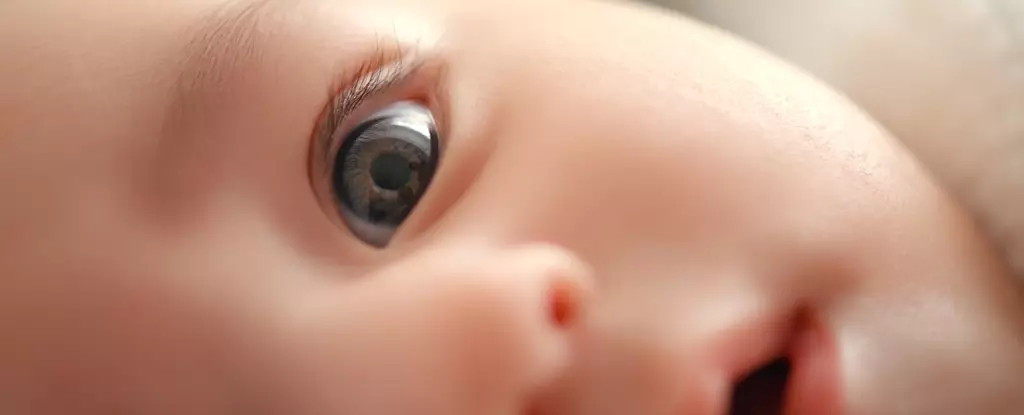In recent years, microplastics have emerged as a pervasive environmental concern, infiltrating habitats and human health in ways that were previously unimaginable. These minuscule particles, less than 5mm in size, have found their way into oceanic depths, soil, air, and, alarmingly, into our bodies. Research continues to unveil the far-reaching consequences of microplastics, particularly how they impact health and development. Recent studies have provided troubling insights into how these plastic particles can be passed from mothers to their unborn offspring, raising significant alarms about maternal-fetal health and long-term ramifications.
A groundbreaking study conducted by the scientific community at Rutgers University offers new data on the transfer of microplastics from pregnant mice to their pups. Upon exposure to polyamide-12 (PA-12), a type of nylon, the researchers discovered that the plastic fragments not only infiltrated the mothers’ systems but were also found in critical organs of newborn mice, including their lungs, hearts, livers, kidneys, and even their brains, for at least two weeks after birth. This phenomenon not only underscores the vulnerability of the developing fetus to environmental pollutants but also calls attention to the need for further investigations into the pathways of exposure.
While prior research had hinted at the possibility of microplastics traversing the placenta, this study provides compelling evidence that confirms their presence in offspring shortly after birth. This revelation not only paints a troubling portrait of potential health consequences but also reinforces concerns regarding the broader implications of ubiquitous plastic pollution. The idea that infants may be born with already embedded microplastic payloads raises crucial questions about what this means for their immediate health and long-term development.
Microplastics are not merely benign particles. They can carry toxic substances, including chemicals and pollutants, that may pose considerable health risks. Previous studies have suggested a link between microplastic exposure and various health issues, including an increased risk of cardiovascular disease. Understanding the ramifications of microplastic exposure, particularly in the most vulnerable populations—pregnant women and infants—is paramount as we navigate the complexities of modern environmental health.
The toxic effects of environmental pollutants on early development cannot be overstated. The stakes are especially high when considering that exposure to harmful substances during critical developmental periods often results in elevated risks of diseases later in life. The implications of microplastics in maternal-fetal health are profound, suggesting that these persistently present contaminants could have cascading effects on life-long health outcomes.
Despite the growing body of evidence highlighting the risks associated with microplastics, humanity remains largely entrenched in its dependence on plastic materials. Over 450 million tonnes of plastic are produced annually worldwide, embedding itself into every layer of modern existence, from packaging to clothing. This extensive utilization raises alarming concerns about not only environmental degradation but also human health as plastic products continue to fragment and disperse in our surroundings.
The challenge ahead lies in developing innovative strategies to reduce plastic consumption and improve recycling efforts. While it is unlikely that plastics will be completely eradicated from our lives, finding sustainable practices to manage their use is essential as future generations face the consequences of current behaviors.
The Rutgers University study underscores the urgent need for expanded research to fully understand the implications of microplastics on health, especially concerning maternal and fetal health. As we gather critical data, we must also advocate for systemic changes that can mitigate our reliance on these synthetic materials. “I don’t think we’ll ever get rid of plastics altogether,” states researcher Phoebe Stapleton. However, the burden of responsibility lies on us to initiate change and protect the health of future generations.
The presence of microplastics infiltrating the human body represents a significant public health issue that requires immediate attention. As scientists continue to unravel the complexities surrounding microplastic exposure and its effects, society must engage in proactive measures to combat this insidious form of pollution.

